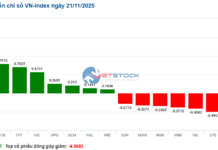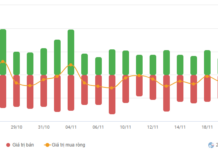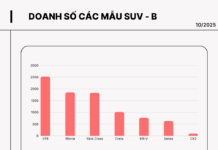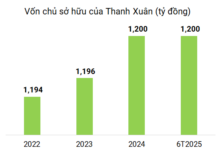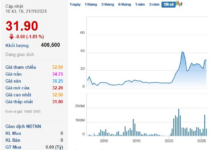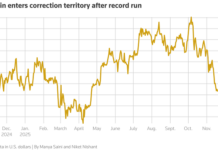A recent survey of households with four members in the three largest cities in the country revealed that the cost of living in Hanoi is around 30 million VND per month, while in Ho Chi Minh City it is around 25 million VND and in Da Nang it is around 20 million VND.
According to data from the General Statistics Office, the cost of living index (SCOLI) for 2023 in Hanoi continued to be the highest in the country, after many years of holding this position.
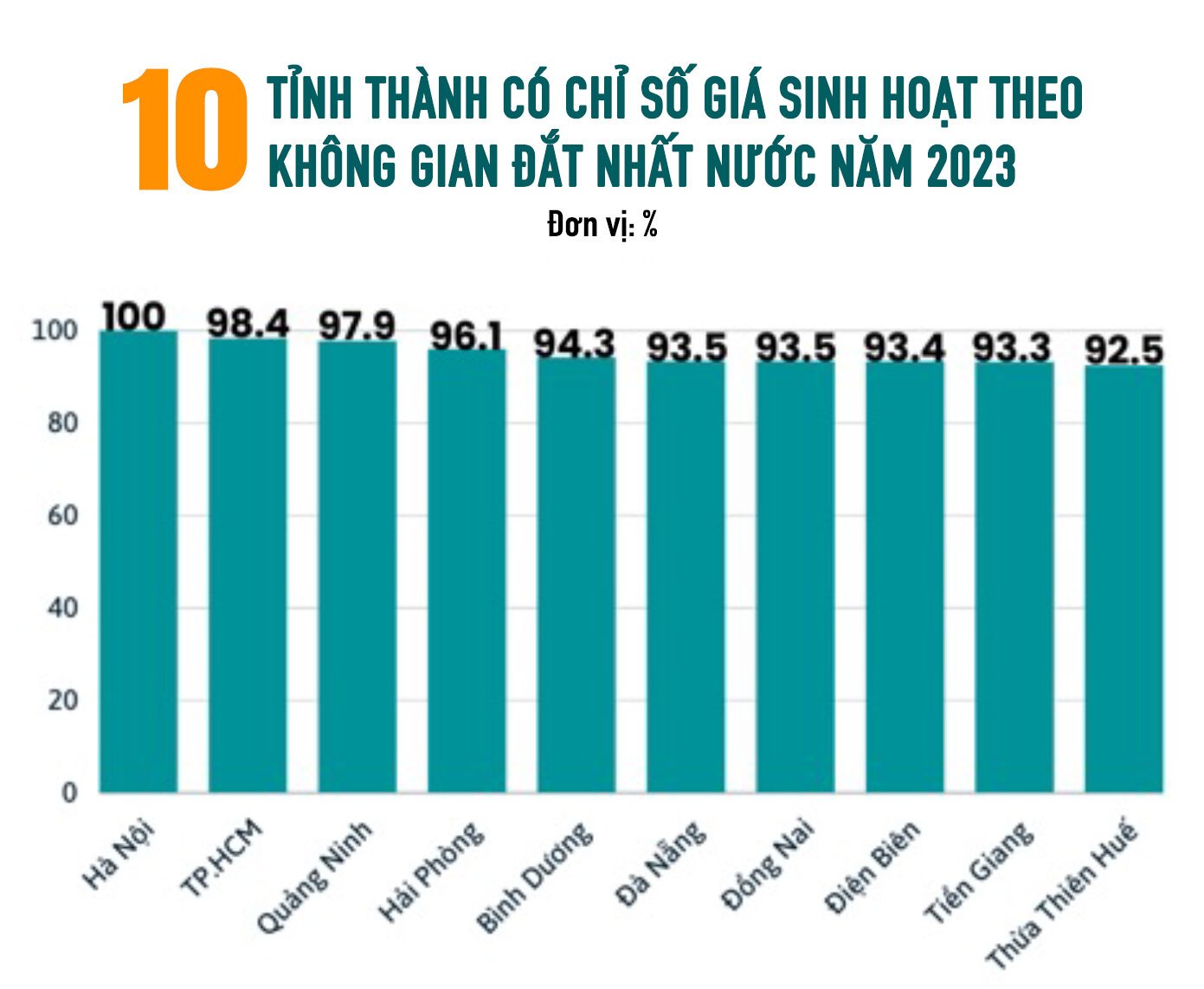

Minh Hong (from Phu Tho) currently lives in Hai Ba Trung district, Hanoi with her husband and two children in secondary and high school. Sharing the household expenses, she explained that before she could afford to buy a house and had to rent, she moved frequently to adjust to her income due to excessive costs. Although her and her husband’s combined income is not low, around 40 million VND per month, if they don’t budget carefully, they won’t have any savings.
“ At first, my family rented a house in the city center for convenience. Including the rent of around 7 million VND per month, we spent about 35 million VND. Later, realizing that the cost of living and rent there were higher than in the suburbs, my family moved to the outskirts to save money. Since then, we have saved about 5 to 7 million each month.
Thanks to the support of our family and a bank loan, we have been able to buy a house, so we no longer have to pay rent. However, the mortgage payments and the rising cost of living, as well as the increasing costs of our children’s education and personal needs, mean that we still spend around 32 million VND per month, even though we try to cut back and save as much as we can, she said.
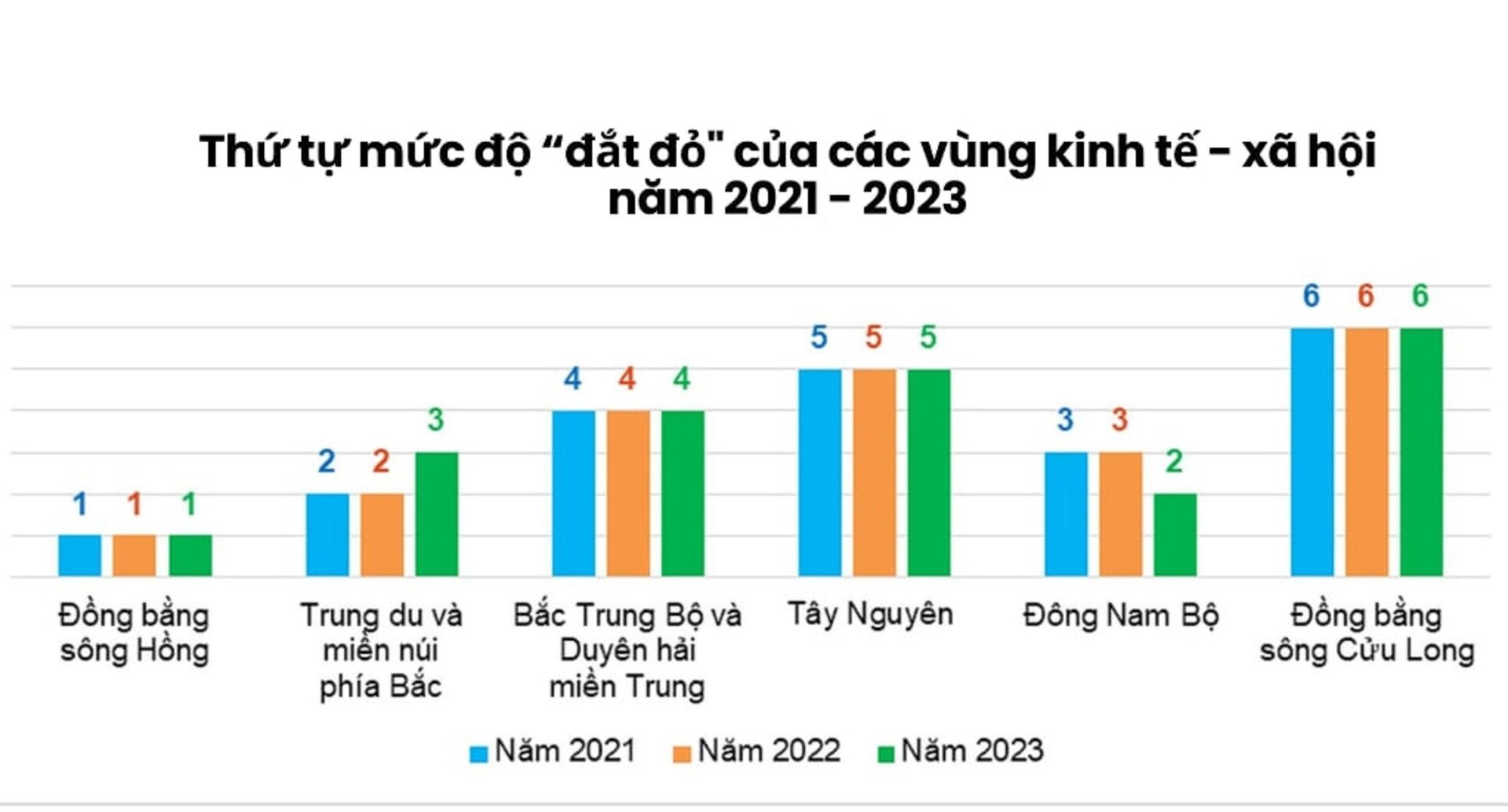
Source: General Statistics Office
Hong confirmed that these figures only cover basic needs. Each day, she spends about 250,000 to 300,000 VND on food, which amounts to around 9 million VND per month. Electricity and water cost around 1.5 million VND. Gasoline, phone, and internet for both parents and two children add up to at least another 2 million VND.
In addition, the cost of their two children’s education, including tuition at public schools, extra classes in arts and foreign languages, is around 10 million VND. The couple also sets aside around 7 million VND to pay off their bank loan and about 2.5 million VND for unexpected expenses or other needs such as clothing, social events, etc.
With 20 years of experience living in Hanoi, Hong emphasized: “With 30 million VND to spend on monthly living expenses in Hanoi, don’t even think about traveling or eating out regularly” .

According to Hong, living expenses in Hanoi are much higher than in her hometown of Phu Tho. She explained that her sister’s family also has two children, but their monthly expenses are only around 20 million VND.
“In Phu Tho, people don’t have to spend much on transportation because the roads are close, clear, and convenient. The price of vegetables and food is also much lower, not to mention that education is cheaper. However, it must be admitted that the income in Phu Tho is not as high as in Hanoi. Workers also have a harder time finding better jobs. That’s why many people still want to live in Hanoi, even though the cost of living is high,” Hong said.

According to data from the General Statistics Office, living expenses account for nearly 94% of the average household expenditure. Of this, food and beverage expenses account for 46.5%; non-food and beverage expenses account for 47.4%; and other expenses account for 6.1%.
In fact, for families in Hanoi, this trend is not much different. The priority order in the list of expenses includes: essential needs (food, living, daily life, transportation, etc.), followed by rent (for young families in Hanoi who have to rent), then education and social networking costs. In addition, other expenses such as entertainment and travel are also included.
Of these, essential living expenses and rent typically account for around 60% of income.
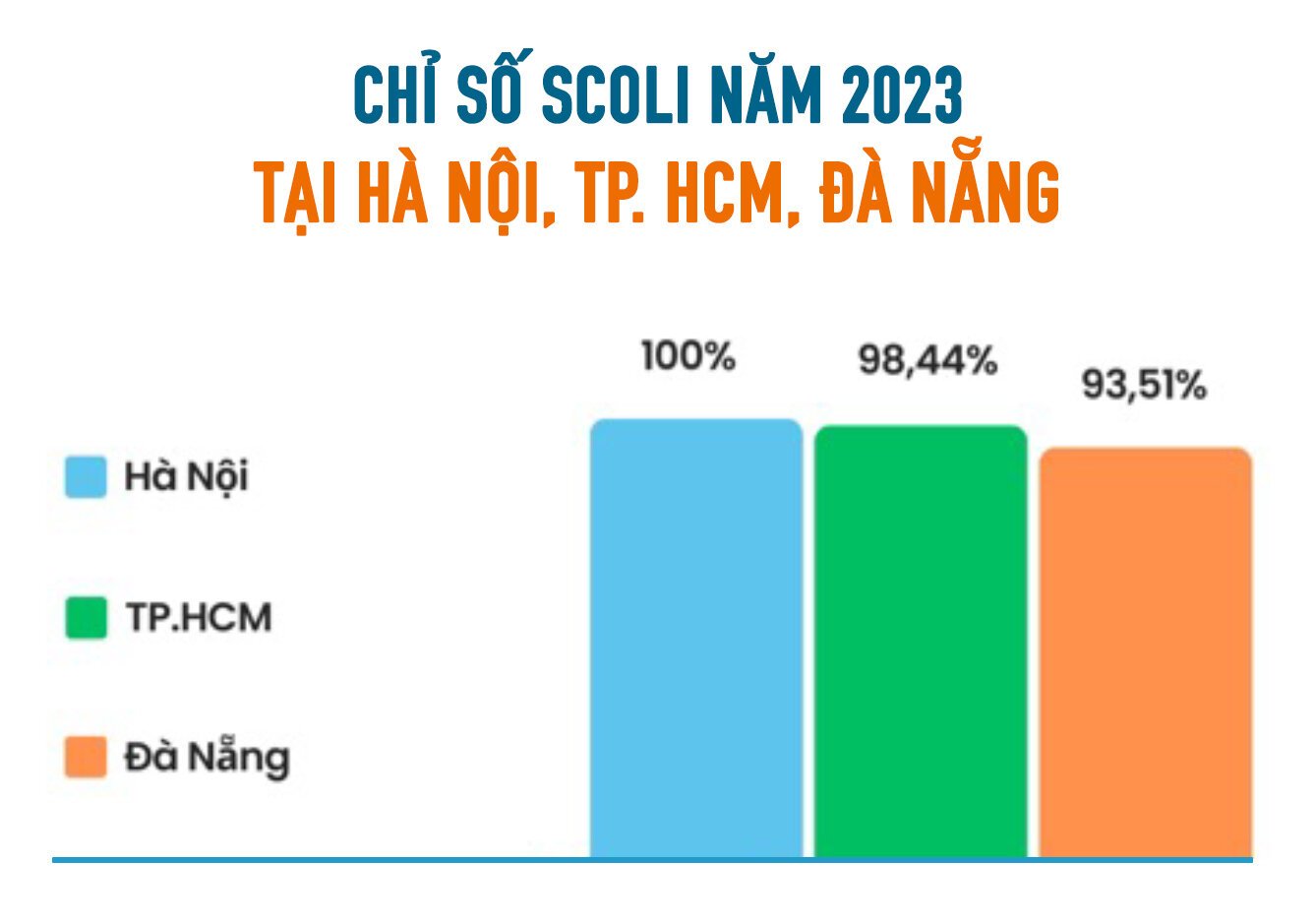
Many housewives report that food is now too expensive. To go to the market with 300,000 VND, they have to calculate carefully to ensure that they have enough for three meals, including two main meals and one snack, while also ensuring that they have all the necessary nutrients for the day.
“Everything is much more expensive than before and it just keeps going up, not down. For example, the price of crab is now up to 180,000 VND/kg, beef is now 250,000 VND/kg, and good pork is also 170,000 VND/kg. Not to mention that the prices of some items are even higher at times.

